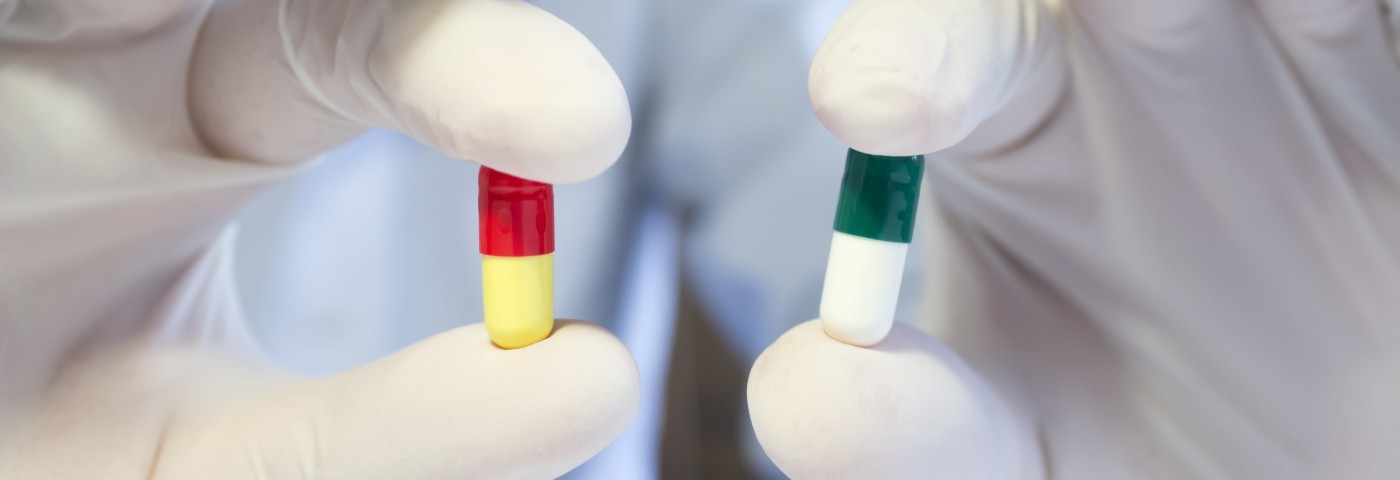A randomized and comparative trial by researchers at the Nagoya University Graduate School of Medicine, Japan, suggests that combining silodosin with propiverine is both effective and safe for long-term treatment of benign prostatic enlargement (BPE) patients with voiding and overactive bladder problems, and superior to alpha 1-blocker monotherapy.
This study, “Long-Term Efficacy of a Combination Therapy With an Anticholinergic Agent and an a1-Blocker for Patients With Benign Prostatic Enlargement Complaining Both Voiding and Overactive Bladder Symptoms: A Randomized, Prospective, Comparative Trial Using a Urodynamic Study,” was published in the Neurourology and Urodynamics journal.
Lower urinary tract symptoms (LUTS) affecting men, typically after age 50, mostly result from BPE, also known as benign prostatic hyperplasia (BPH). Between 50 percent and 75 percent of these people develop symptoms of an overactive bladder (OAB), including urinary urgency, urinary frequency, nocturia, and urgency urinary incontinence.
Alpha 1-blockers (a1-blockers) are usually prescribed for the treatment of LUTS associated with BPH, but the efficacy of this drug depends on the individual. For those whose symptoms are not relieved using a1-blocker monotherapy (MT), a combination therapy (CT) of a1-blocker with an anticholinergic agent is recommended.
Researchers examined the long-term efficacy and safety of a combination therapy (an anticholinergic agent and a1-blocker) in BPE patients with OAB symptoms, versus those on a1-blocker monotherapy. “Although several randomized studies have reported the efficacy of a combination therapy (CT) with an anticholinergic agent and an a1-blocker, their analyses were mainly based on symptomatic parameters,” the authors wrote. “In addition, only few papers have evaluated the changes in storage and voiding functions based on urodynamic study. Almost all studies on a1-blocker/anticholinergics CT have short follow-up periods (usually 12 weeks), and none of these studies have assessed the outcomes of this combination for >4 months, in comparison with that of monotherapy.”
A total of 120 people with untreated BPE symptoms of urinary urgency at least once a week, assessed through the OABSS parameter (over 3), were included. Participants were randomly divided to either receive monotherapy, silodosin at 8 mg/day, or combination therapy, silodosin at 8 mg/day and propiverine at 20 mg/day. Patients were assessed at baseline, 12 weeks, and one year after receiving the treatment, using standard methods based on IPSS, IPSS-QOL, OABSS, and voiding/storage functions assessed by UDS.
Long-term evaluation of 53 monotherapy patients and 51 on combination therapy revealed that both groups had improvement in mean IPSS and OABSS. However, significant improvement in the combination treatment group was observed in terms of OABSS (3.4 in CT, 2.4 in MT), IPSS-QOL (1.9, 1.2), and OAB-urgency score (1.8, 1.2). Also, both groups showed considerable improvements in storage function, with the CT group superior to the MT in terms of disappearance rate of detrusor overactivity (54.5% in CT, 34.2% in MT), and bladder capacity (þ61 mL, þ33 mL).
“Long-term efficacy of CT is more effective than MT in subjective symptoms and objective storage function, and there is no difference in the improvement of voiding function between CT and MT,” the authors concluded. “Initial CT will be a reasonable choice of treatment for BPH patients complicated with OAB.”

